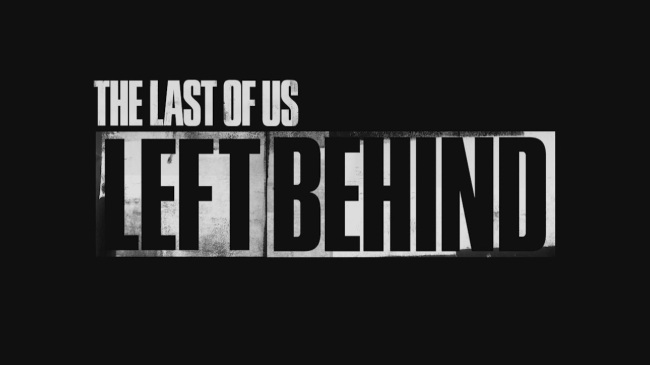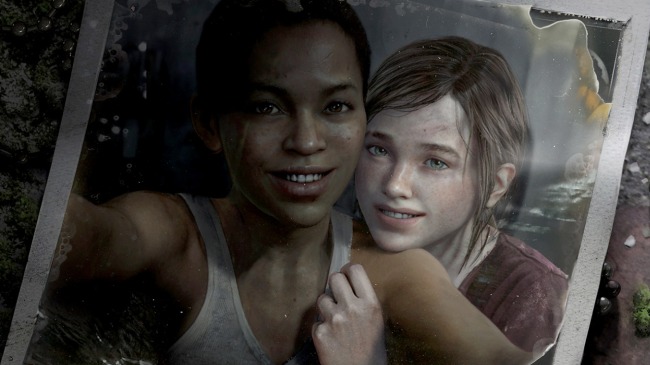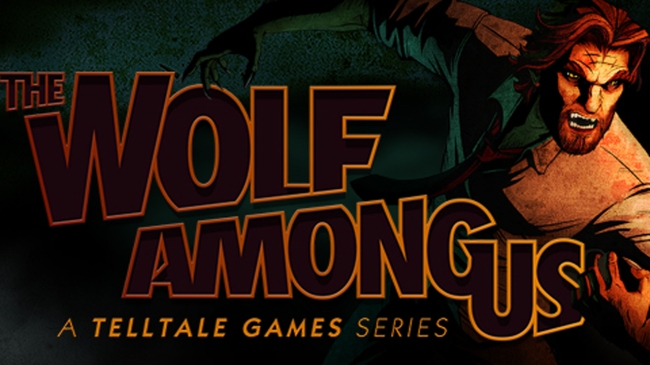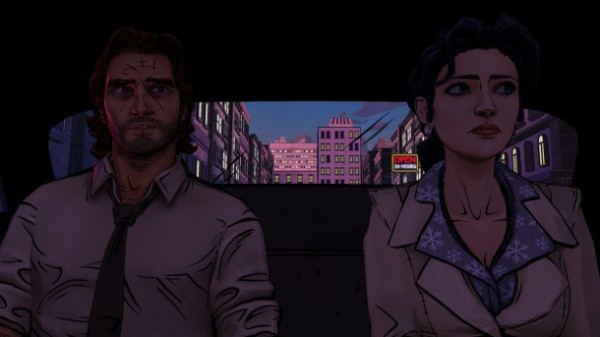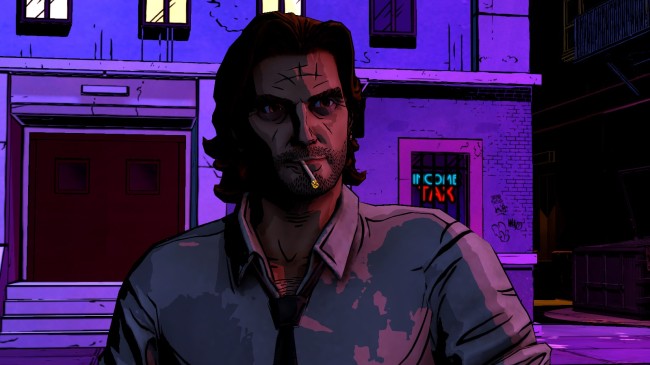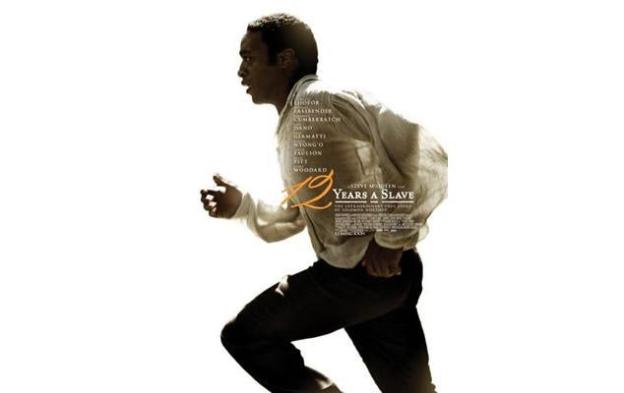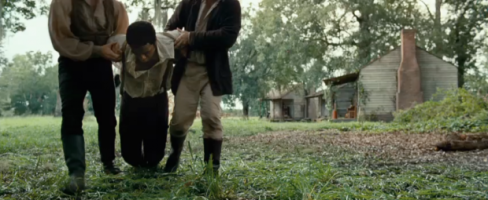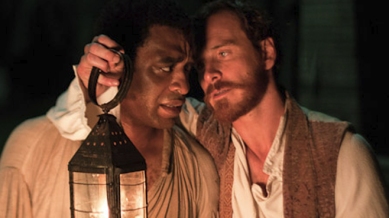Let me make this easy for you. If you can answer yes to these three questions, then don’t waste any time and download The Last of Us’ only single player DLC – Left Behind:
1. Did you like and finish The Last of Us?
2. Was the story an important part of your enjoyment of The Last of Us?
3. Do you miss The Last of Us?
If yes is your answer three times then you don’t need to read anymore. Yes it is worth it. Yes it is as good. No you won’t like the main game less.
Recently I’ve been making a strong attempt to minimise subjectivity in my reviews and discuss/highlight the objective qualities of a game. I cannot do this with Left Behind. I just can’t. The Last of Us left an immense lasting impression on me. So much so that I haven’t been able to shake it off my mind for nearly half a year now. I have no qualms in making the following statement: The Last of Us is my favourite game of all time. I do not say this lightly, so much so that I have begun a personal crusade to play all of the frequently referenced games in the “best of all time” discussion. Half Life 2, Shadow of The Colossus, A Link to the Past, Final Fantasy VI, Final Fantasy VII, Final Fantasy Tactics, Metal Gear Solid… and I still have a ways to go. I understand all this. It’s a testament to the quality of Naughty Dog’s latest game that it has inspired me to discover the “classics,” so to speak.
Going back Left Behind. the biggest compliment I can offer is how much it served as a reminder of why I love The Last of Us. The minimalist HUD, a simple user interface that doesn’t get in the way, a live crafting system that escalates tension and sacrifice, scavenging for parts, all of these minutia elevate The Last of Us from great to something special. Choosing black backgrounds to white text may seem like a simple choice in menu design but even this ingeniously adds to the immersion that is so crucial to the experience. And that is by far in a way the word of choice when describing Left Behind. Experience. It pays to adjust your own environment to get more out of the digital one you’re about to dive into. Blacken your room, kick anyone out who’ll disturb you, use the best surround sound headphones you can find and let yourself go.
The headphone part is crucial thanks to the excellent sound design and subtle, melancholic soundtrack by Gustavo Santaolalla, known for his Brokeback Mountain and Babel film scores. The sounds are so abstract you will be hard pressed to pinpoint the instruments incorporated in producing such unique tones. Watching the 90 minute making-of documentary “Grounded” by Area5 TV provides some great insight into how the sounds were developed. This comes included with the Season Pass. At one point I heard rattling and clicking coming from Ellie’s backpack while she was jogging. I had to stop and take in the level of detail I was witnessing. The direction you’re facing in listen mode changes the subtly alters the sound designof the clicking and makes stealth that much more tense. It’s clear no sacrifices were made in quality when shifting from main campaign content to downloadable.
I value the details Naughty Dog perfected to heighten the immersion, but Left Behind really shines in it’s content, just like the main campaign. You play as Ellie this time, not Joel. If you remember the winter sequence of The Last of Us (which you absolutely will), then you can recall the differences controlling her presented. Though she might not be able to stand her ground and fist fight her way through like Joel, Ellie’s character design presents certain advantages, just like in winter. Her switchblade does not break and unlike shivs has unlimited use. It could just be me filling in the gaps, but due to her smaller size and being more nimble, it felt like Ellie was capable of being stealthier and sneaking was an even more viable option than before. For example it seemed like crouch walking was faster and it was easier to hide behind objects. There were certain points where sneaking through wasn’t an option and Ellie had to eliminate all foes in the area to continue. This brings me onto one of Left Behinds strongest features. There are multiple sections of gameplay that involve pitting Clickers and runners (the infected) against the hunters. This was incredibly satisfying everytime and also surprisingly challenging to pull off smoothly. There was a multitude of strategies to try out and pick from. You could consider alerting the presence of the hunters to the infected and then swing through while they duke it out, or you can create chaos and pick off one of each around the edge. Or you could molatov cocktail a group, or just stab them with your switchblade. Then the choice is who do you eliminate first. one wrong choice and suddenly Ellie is the target of everyone’s fury. I didn’t expect a completely new dynamic that adds a layer of complexity and engagement that wasn’t present at all in the main game. And being able to do this at multiple points demonstrates confidence in the mechanic and I can say that it was almost always fun. I have to mention that towards the climax of the game there was a combat sequence that seemed oddly laid out and involved knowing the environment through trial and error, rather than observation due to the imminent failure if you don’t begin picking off your enemies early. This was different to what I’m used to, and seemed to contrast the rest of the game, though isn’t necessarily a bad thing. If nothing else it reminds me how solid the combat and mechanics of The Last of Us are. Again with the small details: when turning, if your torch I on your neck and field of view alter first and the light follows after, the quick turn mechanic (down and X) speeds up movement, the aim circle decreases in radius when standing still and changes size when you move or turn. Time and time again I find myself playing a game unlike so many others in how it treats me, as a player.
I really don’t want to get into much of the story. Like I said, if you’ve played the main game you can expect the same level of quality in acting, writing, animation, emotion and pacing. Ashley Johnson reprises her role as Ellie while Yaani King brings Riley, Ellie’s close friend to life. They both do incredible jobs. Ellie feels real. Riley feels real. I don’t see a bunch of pixels changing colour and polygons moving around when I watch them. I don’t know, it’s a level of quality I’ve grown to not expect from AAA games. I think a huge part of this is the design and animation of the eyes of the characters, especially Ellie. Her big, green eyes feel alive. They feel like they carry weight, pertinence and expression. When I see her I’m reminded of Tish from Enslaved: Odyssey to the West, a game I feel influenced a lot of The Last of Us’ excellent design. Quentin Tarantino’s more recent films have had this uncanny ability to toy with your emotions, to make you laugh your ass off then observe the darkest and saddest moments, then rejoice or breathe a sigh of relief. This is how I would describe Left Behind. There is no one thing above all else to look forward to, but know that it’ll be a strange, ultimately dark journey through a teenage girls experience in a decaying world. While she tries to hold onto something that brings her happiness, your knowledge of what’s to come battles with your expectations. It serves as an excellent demonstration of what a prequel should do. You know what’s going to happen, but you still fight it with everything you’ve got. Your heart and mind won’t be sure what to agree on. Even this encapsulates what The Last of Us, and more specifically Left Behind represents.
There are some key things I’m not going to discuss on purpose. I’m leaving that for you to discover and form an opinion on. Left Behind tries some brave things, all of them culminating to produce one of the only rewarding and worthwhile prequels of any medium. The Last of Us is one of the most complete games I’ve played. I didn’t want anything new to negatively affect my overall feelings towards the game (*cough* Star Wars prequels *cough*). I was anxious to play this add on in fear of that very thing. But Left Behind does not hinder The Last of Us in any way. Instead it provides one of the most touching, rounded and complete side stories to a game ever. Left Behind gives me hope for DLC.
My Score: 10/10
(scores are given in 0.5 increments, in AKA a 20 point scale.)
